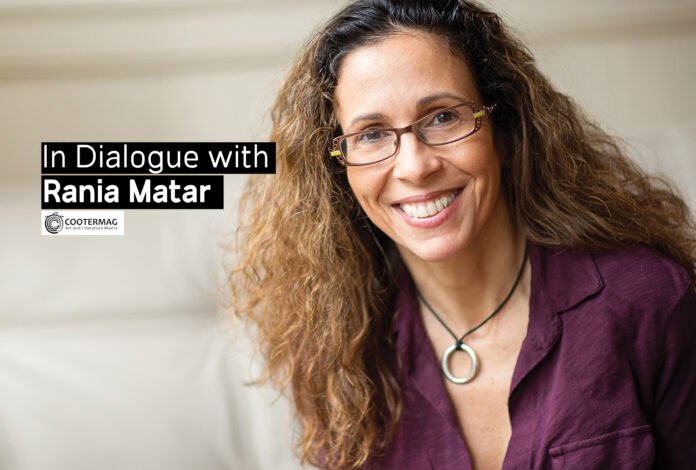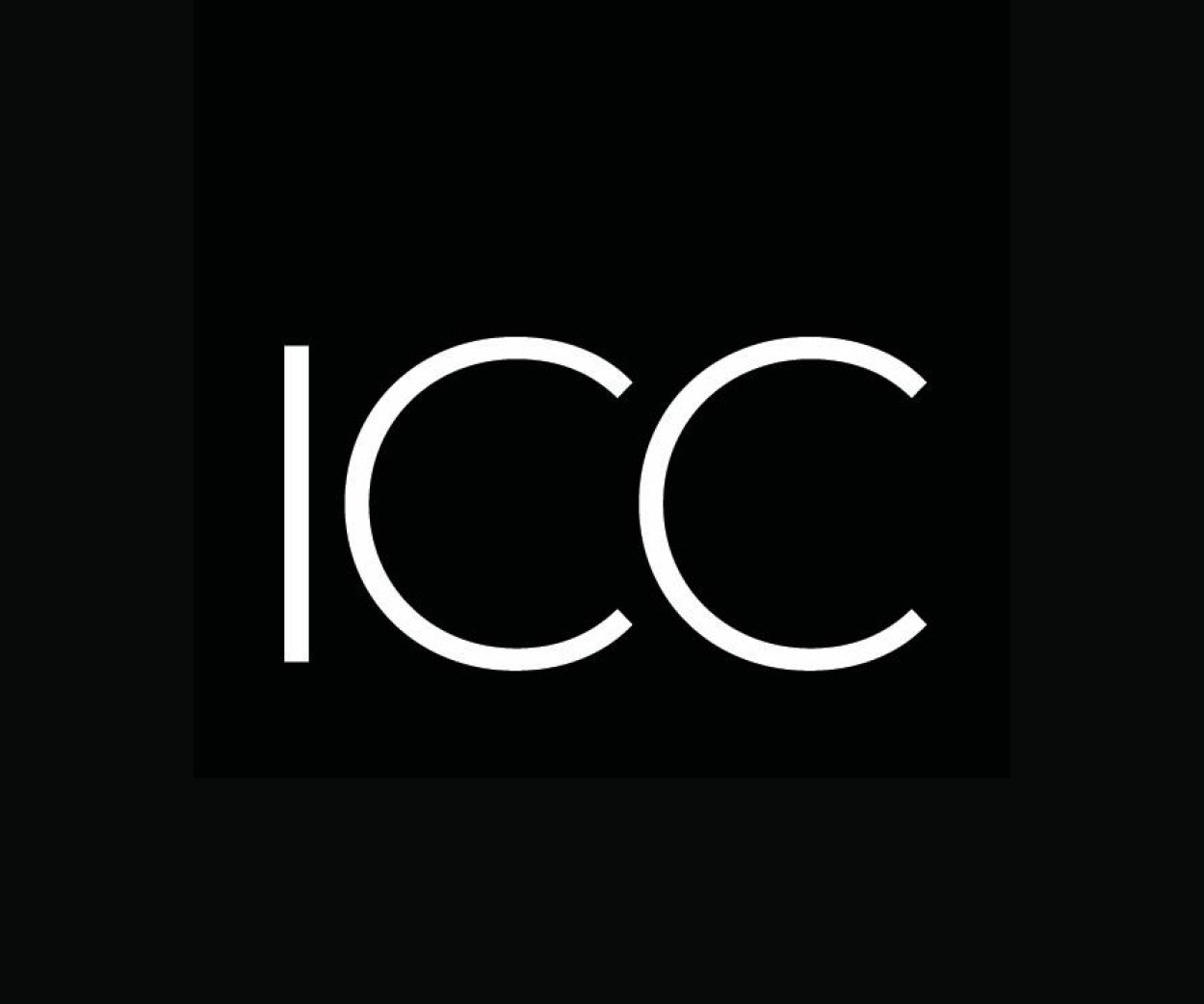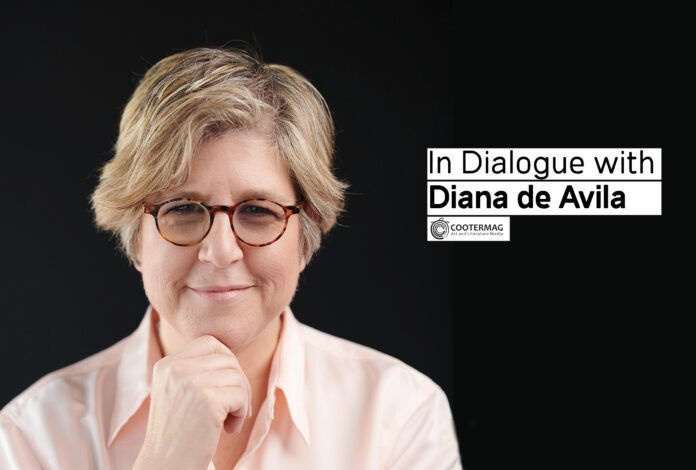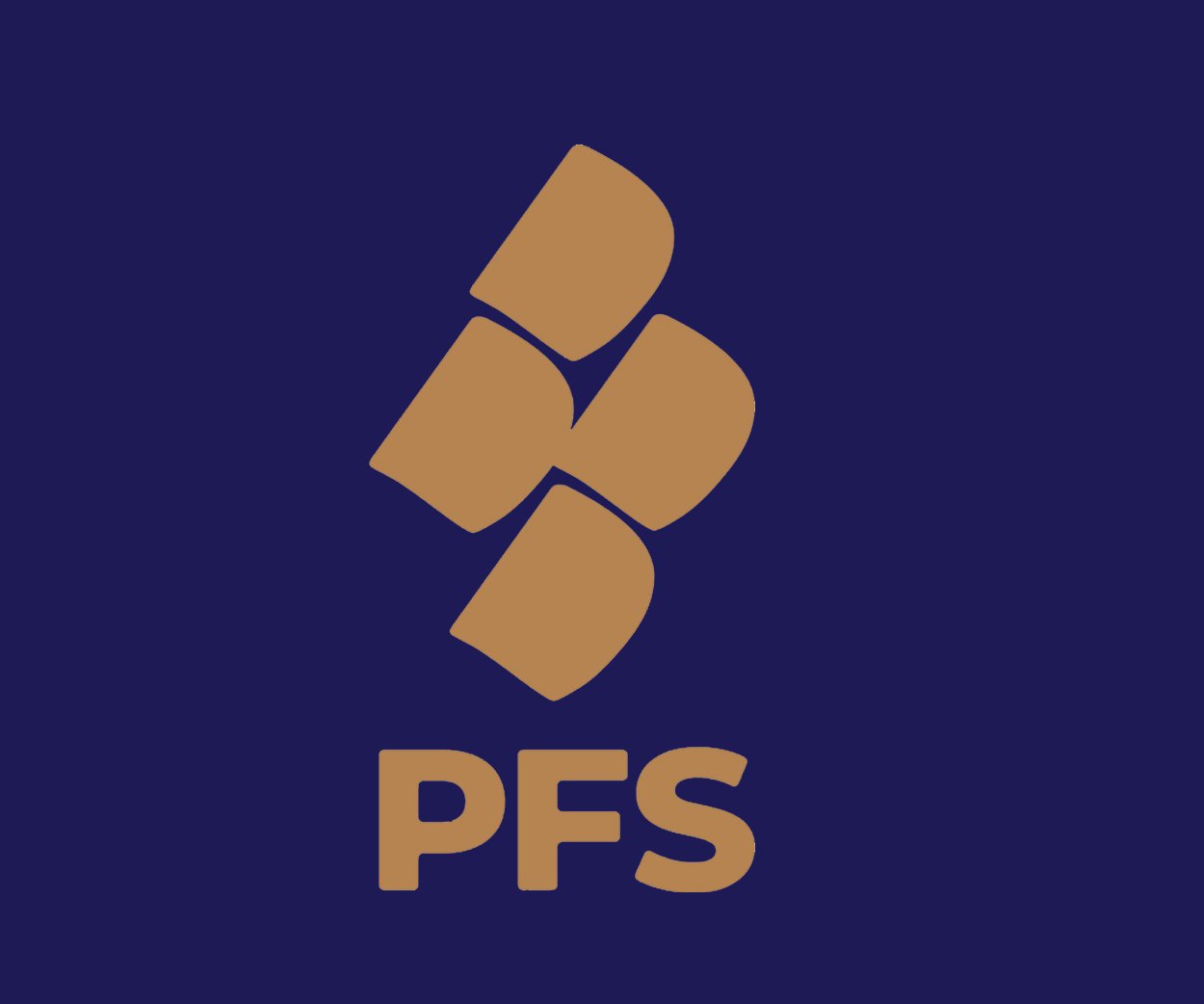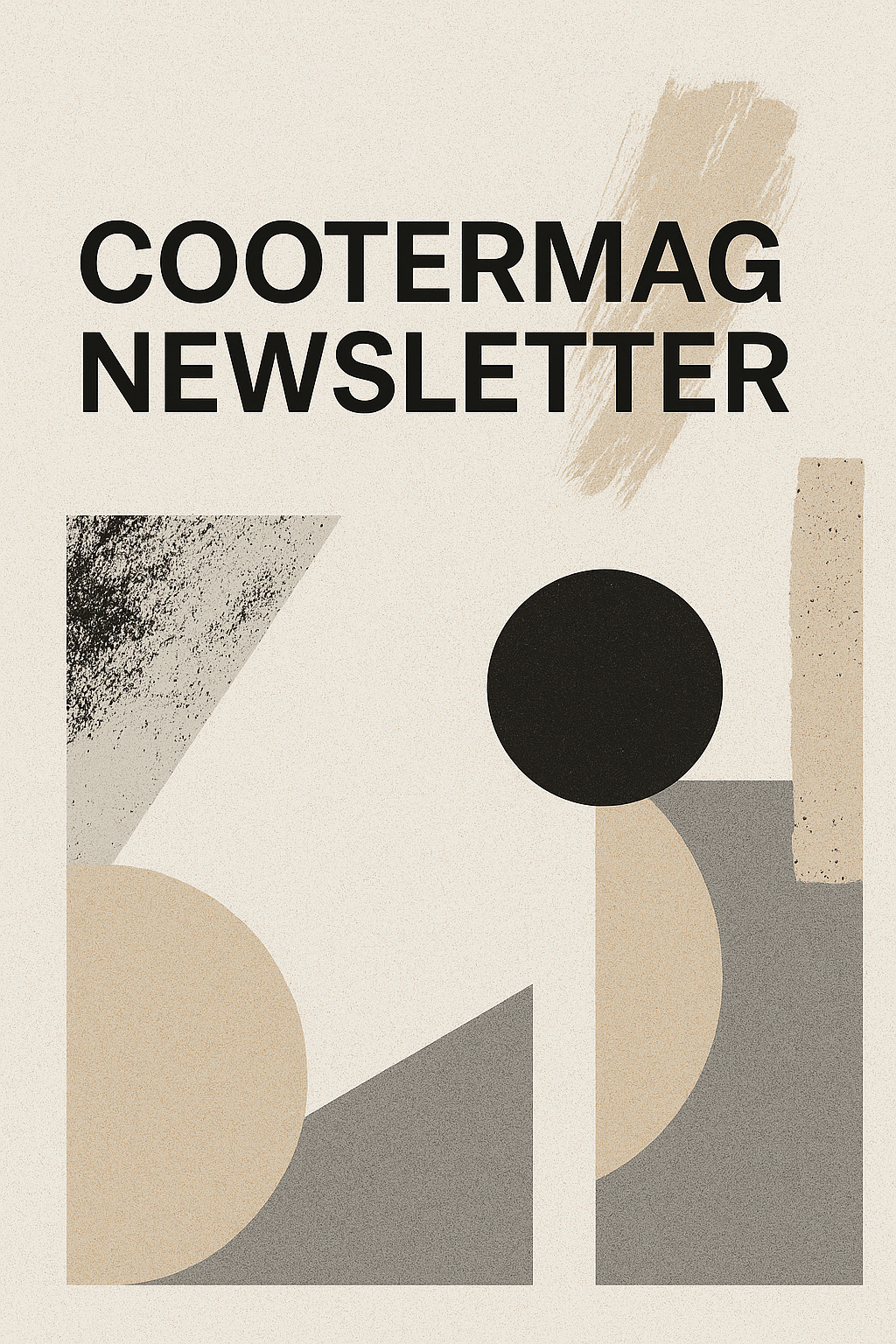Rania Matar’s lens hums with the heart’s silent song, capturing the unspoken dreams of women in a delicate dance of light and shadow. Each click is a brushstroke, painting the soul’s quiet unfolding—moments where vulnerability blooms into strength. “Some visions flicker and fade,” she murmurs, “yet their embers spark new horizons.” Her art, woven from the threads of human connection, invites us to pause, to breathe in the tender glow of lives caught mid-bloom. With every frame, she unveils the beauty of being, a mirror to our own hidden stories. Now, come wander through the radiant world of Rania Matar’s creations.
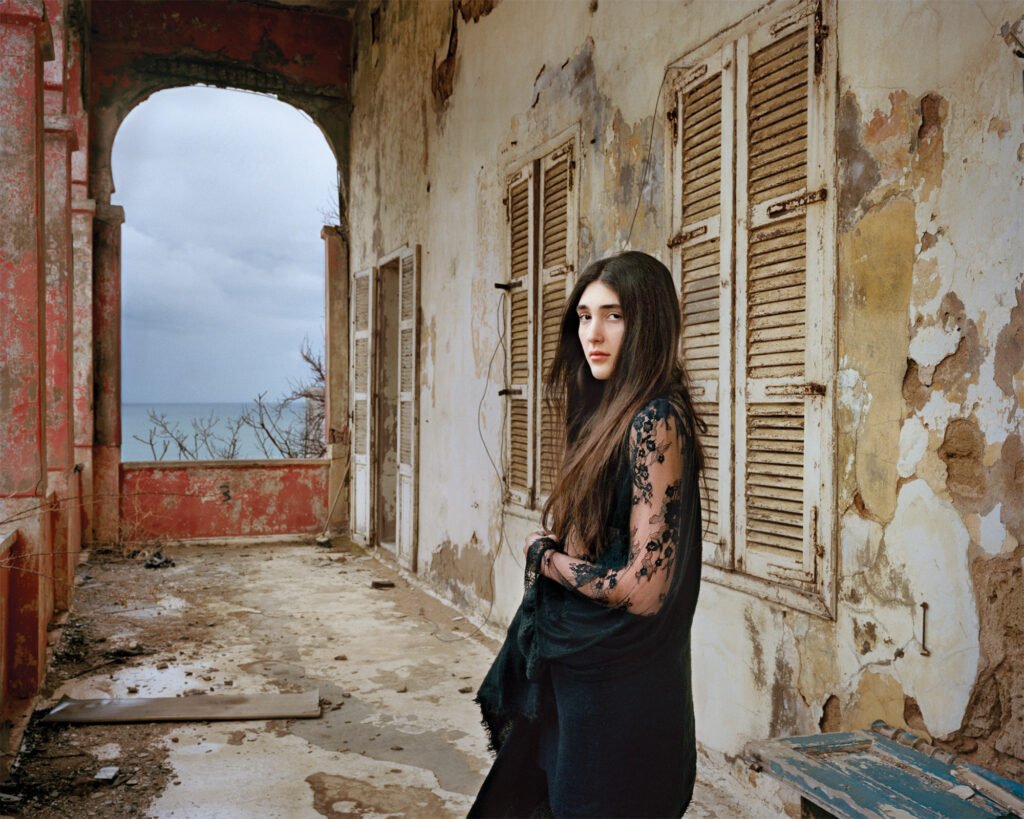
Could you introduce yourself as an artist and tell us what first inspired you to pick up a camera?
My name is Rania Matar, and I am a Lebanese American photographer of Palestinian heritage. I originally studied architecture—and art—but became interested in photography in the year 2000 when pregnant with my 4th child. I wanted to make better pictures of my kids and didn’t realize that I would end changing my life passion and career all together.
How does your understanding of cultural identity influence the way you capture the essence of a person in your portraits?
As a Lebanese-born Palestinian American woman and mother, my ethnic background and cross-cultural experiences inform every aspect of my art. I have dedicated my work to exploring issues of personal and collective identity through photographs of female adolescence and womanhood – both in the United States where I live and the Middle East where I am from – in an effort to focus on notions of identity and individuality all within the context of our shared humanity and the underlying universality of these experiences.
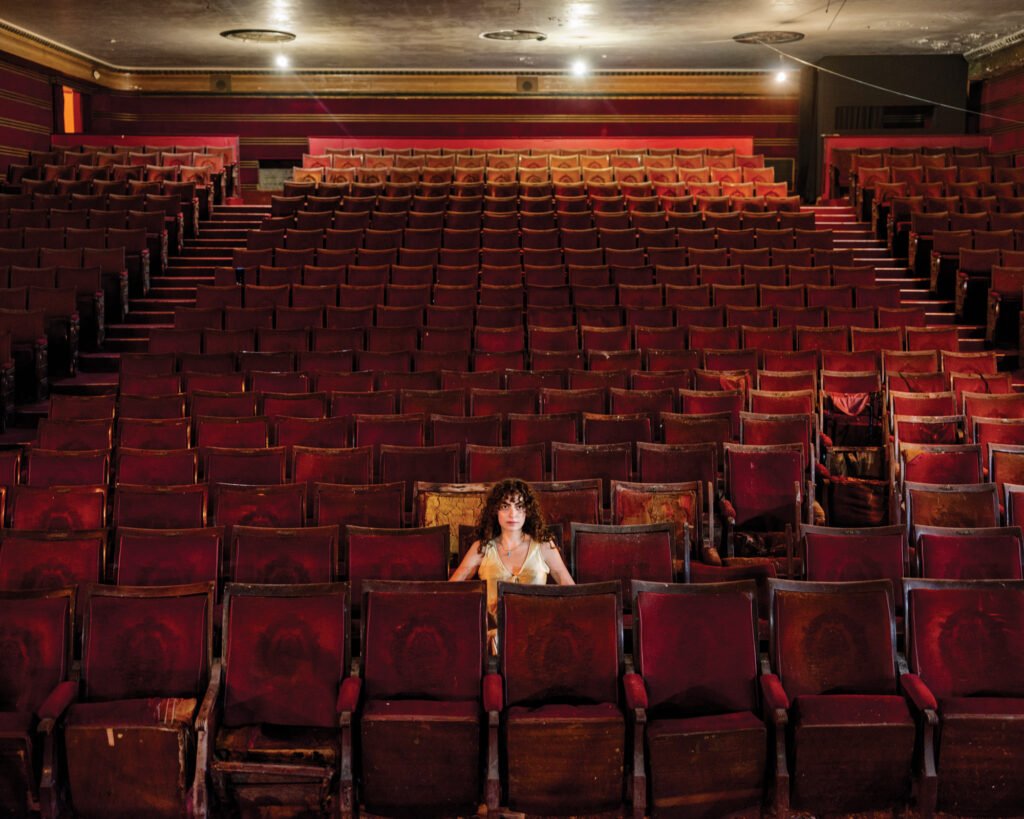
Your portraits often feel like quiet conversations. How do you create that sense of intimacy without words?
I strive to give the women I photograph a sense of agency in the process—our encounter is always a collaboration. It is like a ballet when we are in synch, and it is important for me to create that space where the women feel seen and heard and enjoy being part of the process. None of my images could have been possible without the creativity and the trust of the women on the other side of the camera.
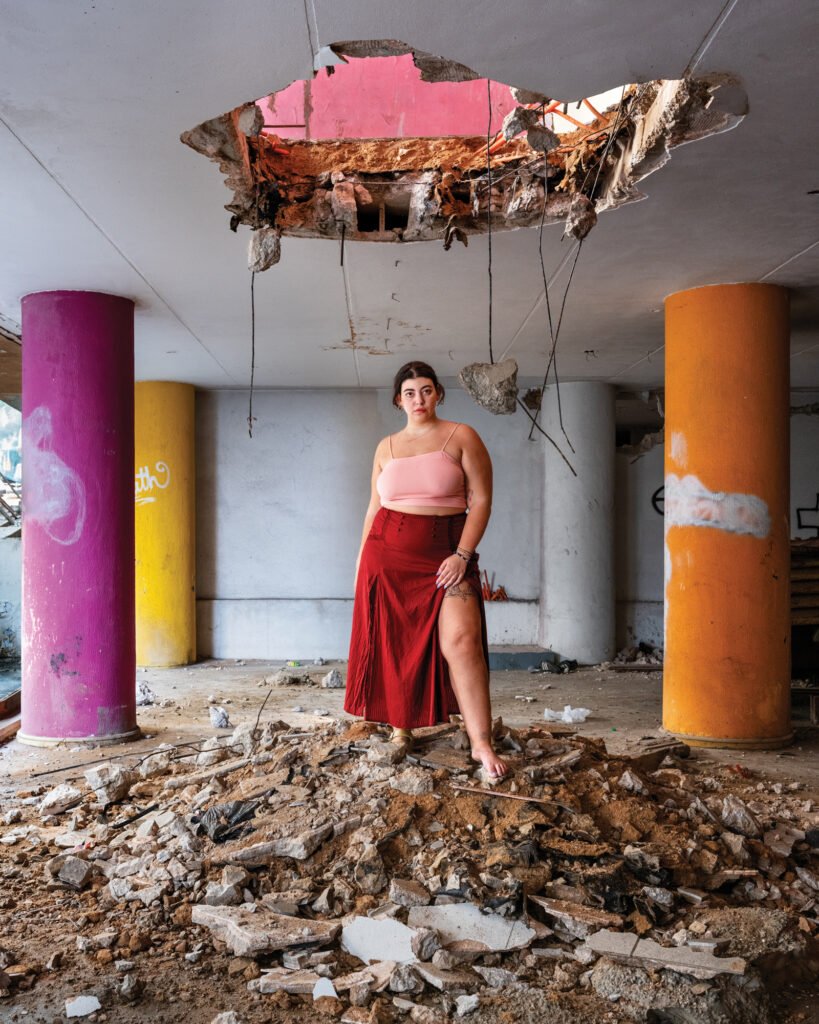
Have you ever captured a moment that surprised even yourself? Can you share that experience?
Always! I often come back and look at the picture expecting one thing, and very often it is something else that reveals itself to me. It’s magical. We can be so much in the moment during the photo making process and then looking at the images with fresh eyes, the beauty of the moment and of the collaboration makes itself visible. It is a gift truly. Like Graciela Iturbide said: “There are two “decisive moments” in photography: “One, when you take the photo; and two, when you discover it in the contact sheet, because you often think you took one photo, and another comes out.”

In your opinion, how can photography challenge social stereotypes and open new perspectives?
An essential element of my work is female representation in art. Artists making work in or about the Middle East must constantly combat ‘orientalist visions’ that remain rooted in the collective Western unconscious. Prevailing issues surrounding conflict, war, or women covered by hijabs (veils) remain validating stereotypes for work from this region. My work instead takes a contemporary look at women living in everyday circumstances and focuses on building visual, but also representational, associations between the portrayal of women in the United States and the Middle East, ultimately allowing women to identify with each other through common life experiences.
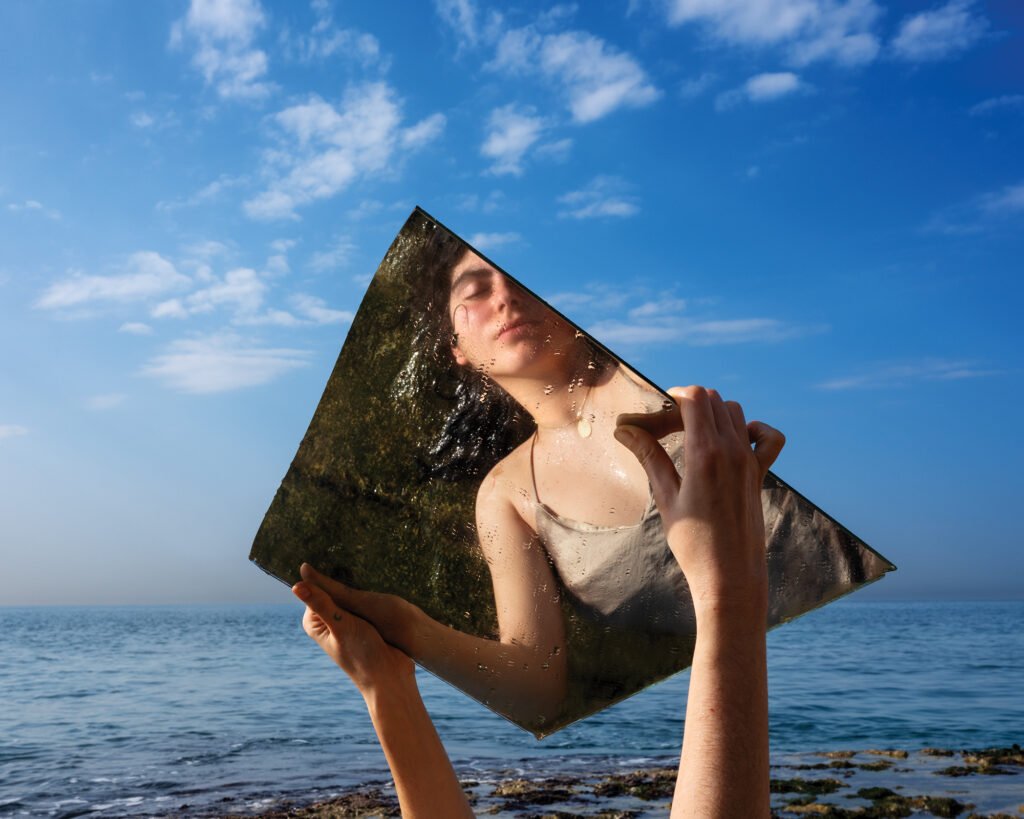
How do you decide what to leave out of the frame? What is the significance of what isn’t seen in your photographs?
I prefer to focus on what is in the frame and seen in my photographs. It is important for me to always scan the full frame when making a picture. Everything that is in there, has a reason to be there and contributes to the picture, the story, the portrait, the reality of that exact moment, or even just the composition. Of course, I am photographing a person at this fraction of a second, and in this specific location, so there so much more that isn’t seen. I guess this is the nature (and the beauty) of photography. A fraction of a second from a lifetime, a frame cropped to fit the photographer’s vision.
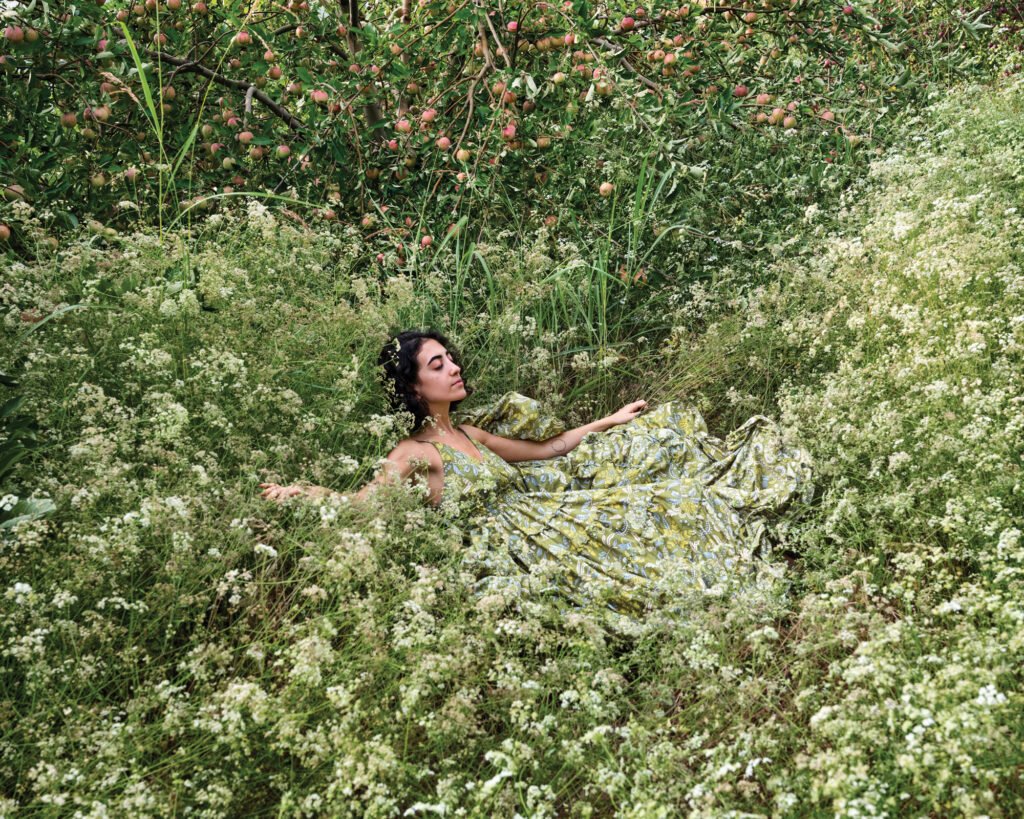
In your artistic journey, has there been a moment when you felt disconnected from your work, and how did you find your way back?
I wouldn’t say I’ve felt disconnected, but there have been times when I’ve started a project or pursued an idea, only to realize it wasn’t quite what I envisioned—or it just didn’t spark the excitement I hoped for. Sometimes those things fizzle out, and that’s okay. It’s all part of the process, and often, those dead ends help lead to something better. It’s part of the artistic process.
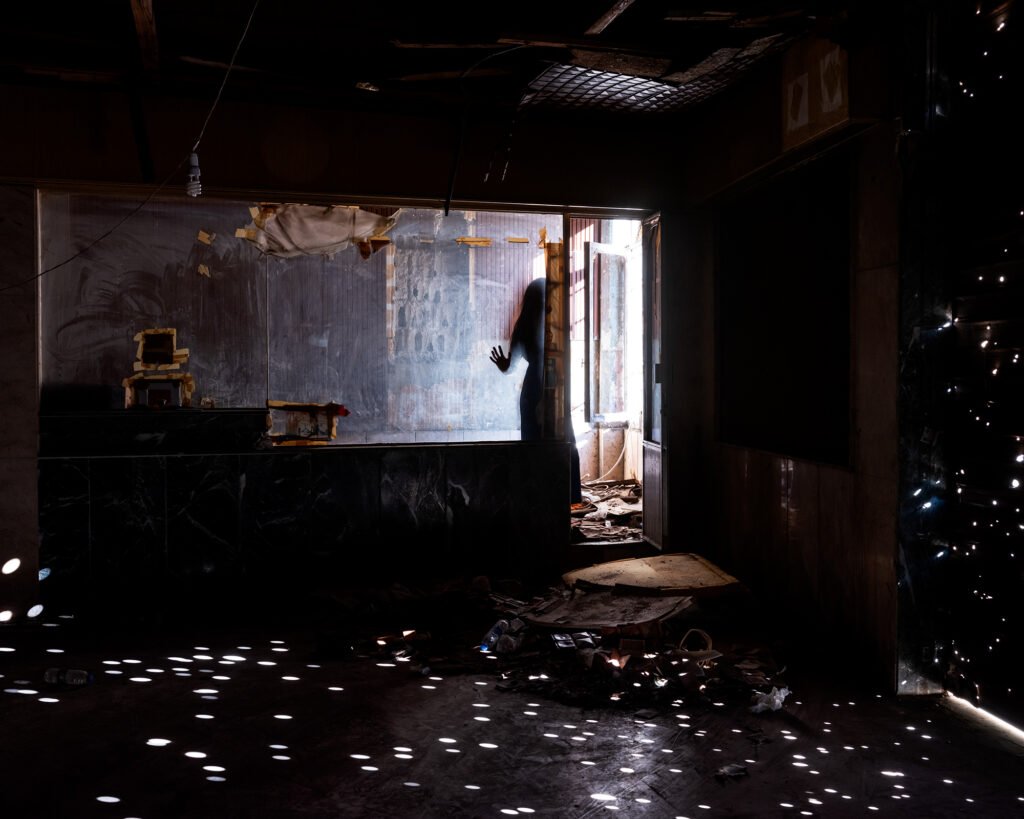
How do you approach photographing subjects who might be shy or hesitant in front of the camera?
I enjoy working with people who aren’t used to being in front of the camera. There’s often a natural vulnerability or subtle awkwardness that comes through, and that can make an image feel especially real, raw, and powerful. That said, my priority is to help people feel comfortable. I don’t rush the process, and I encourage collaboration by inviting their ideas. Even if their suggestions don’t always work out, the act of sharing helps break the ice and build trust.
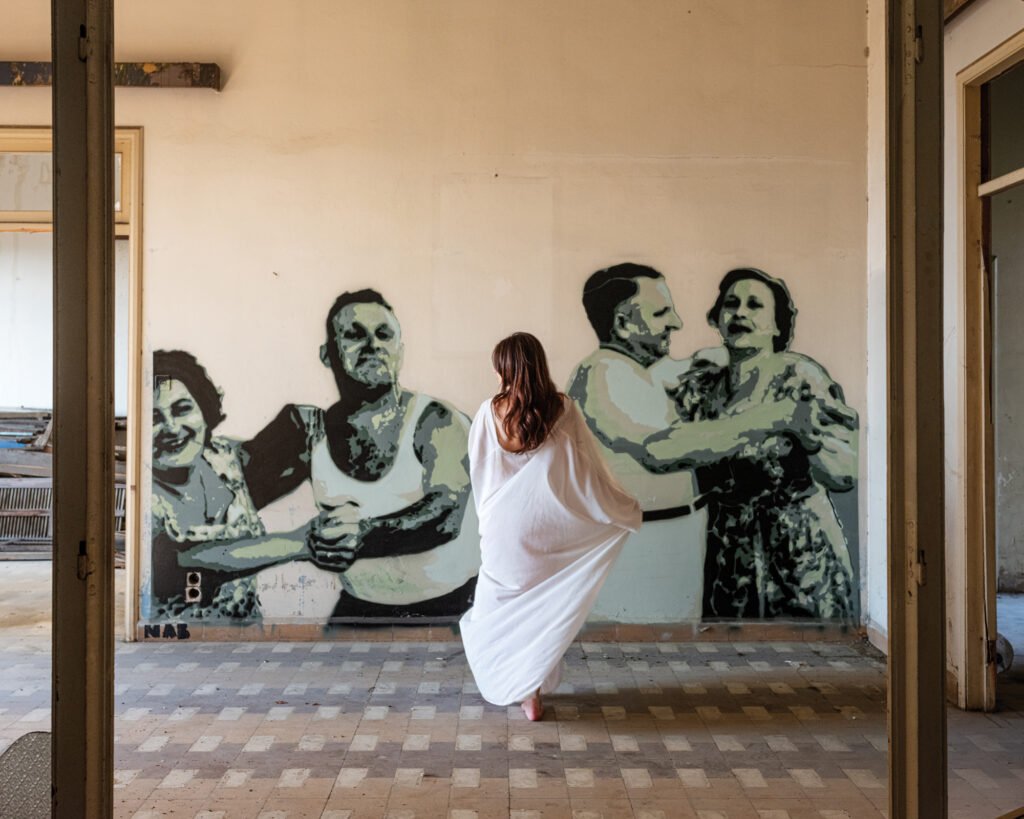
What role does memory play in your photography? Do you aim to capture moments or feelings from the past?
Maybe not memory directly, but also identity. My work is very personal and somewhat autobiographical. Sometimes it is inspired by my daughters, and sometimes by my own experiences and sometimes both. In this latest project: “Where Do I Go?”, I very much see my younger self in the women I am photographing, so both memory and identity play an important role. As I witness history repeating itself in Lebanon, the memories of my childhood growing up during a civil war and eventually leaving the country as a young woman to move to the US, have inspired and guided this project.
I have recently begun a new body of work exploring my late Palestinian father’s archive, following his passing in 2023. I imagine memory will play an even deeper role—both my personal memories of him and the way memories are passed down through generations.
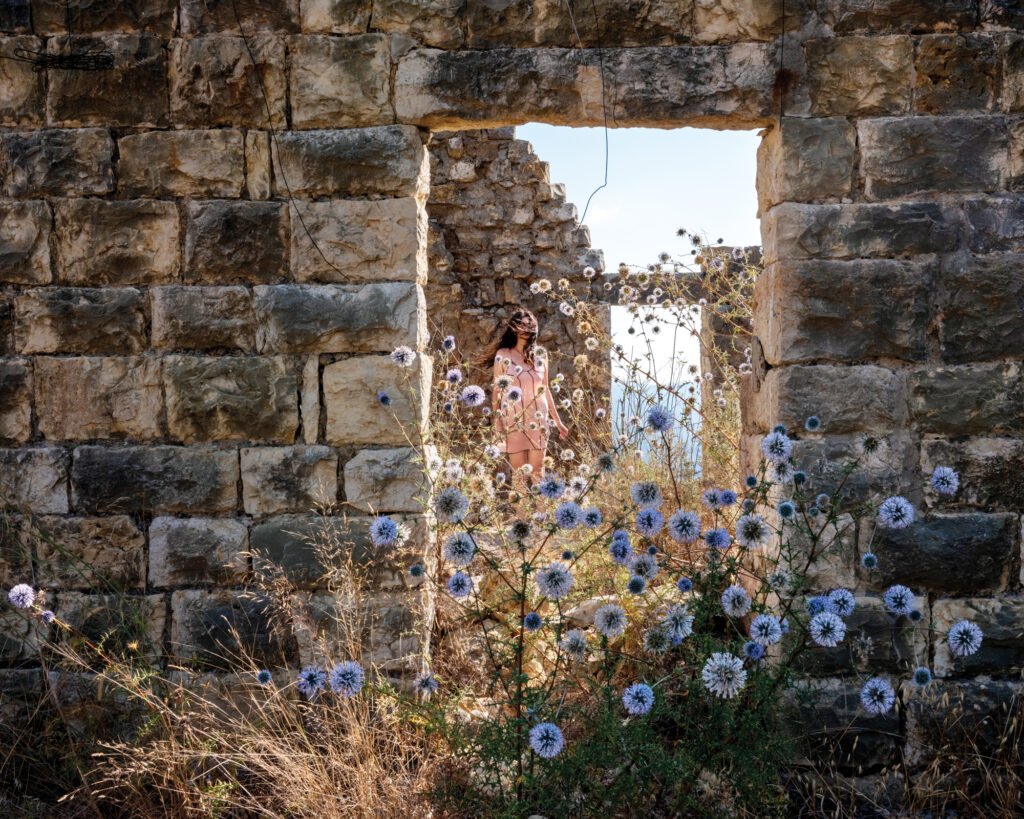
Is there any message or advice you would like to share with young artists or your audience before we end?
Make work that is personal and that you can be passionate about. Don’t think of the audience as you make the work. Do it because it is meaningful to you. I believe it will eventually resonate with the wider audience because the emotions will come through. As Diane Arbus said: “The more specific you are, the more general it’ll be”.
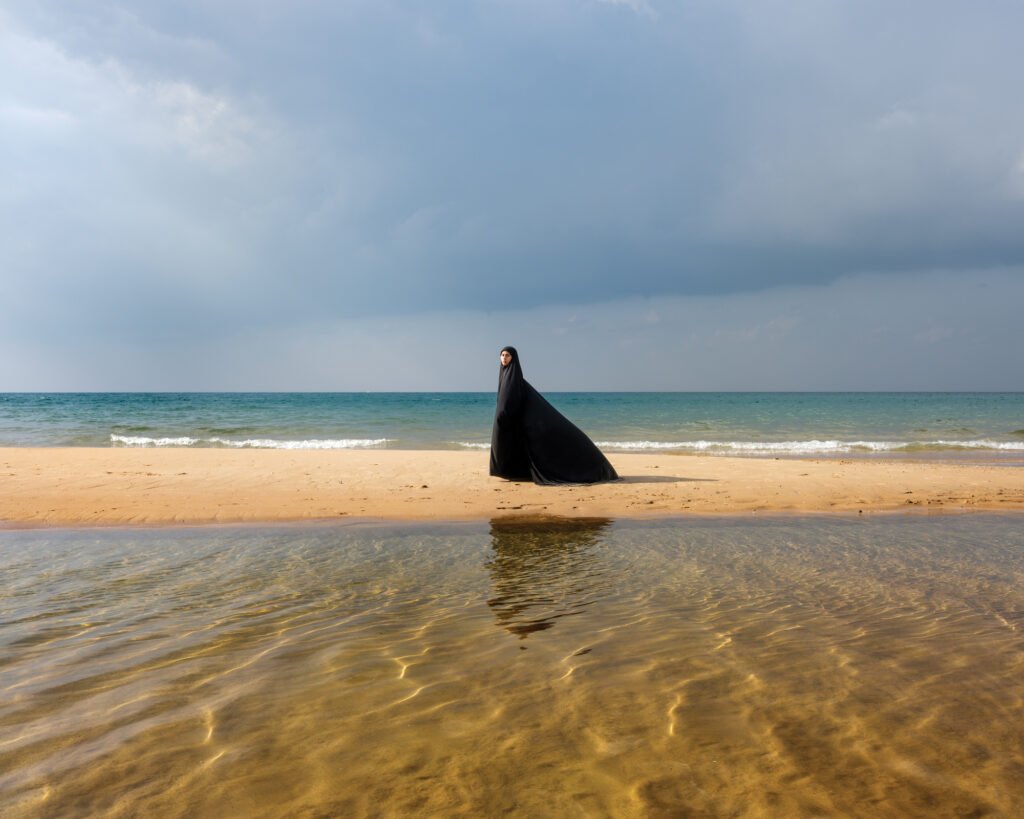
Connect with Rania Matar:
Instagram: raniamatar
Website: Rania Matar
The Guardian: Rania Matar
You can explore her latest book, SHE, here.
………………….
Curious about what inspires today’s artists?
Svetlana Kornilova: Where Silence Meets Color
Possible Futures: Sven Ingmar Thies Speaks

